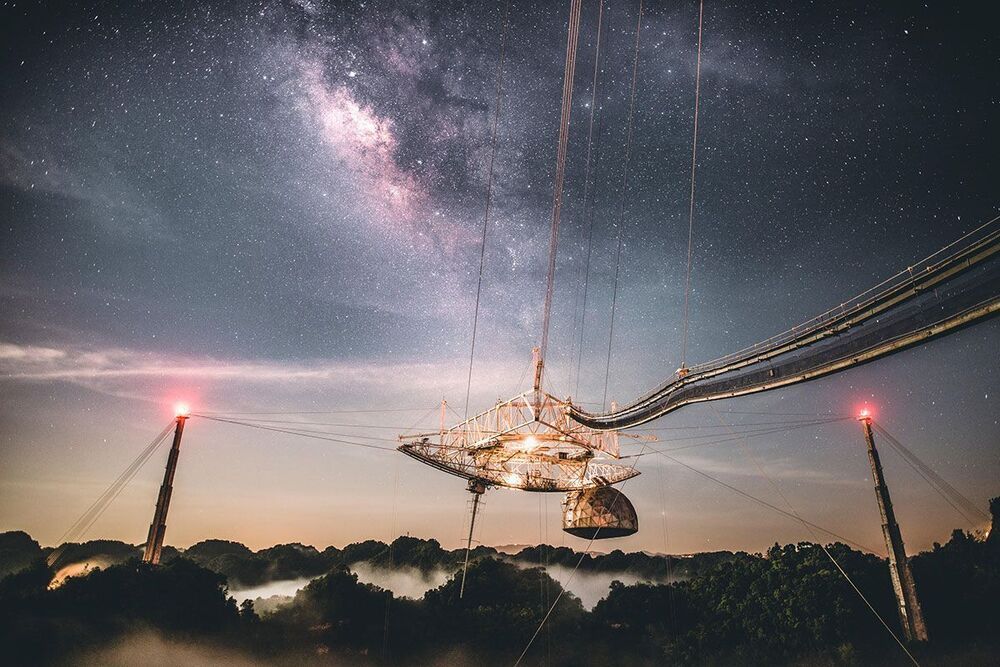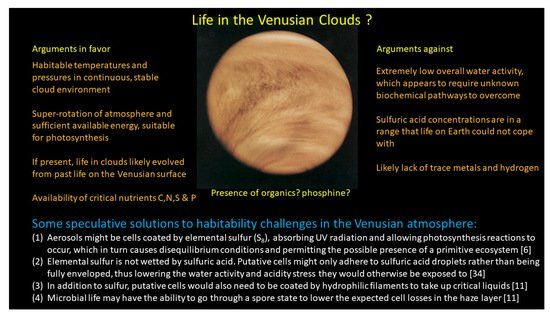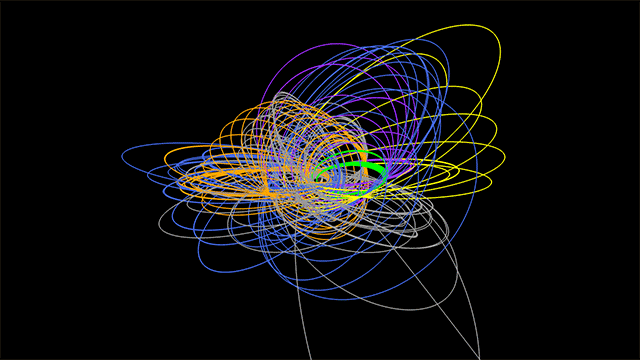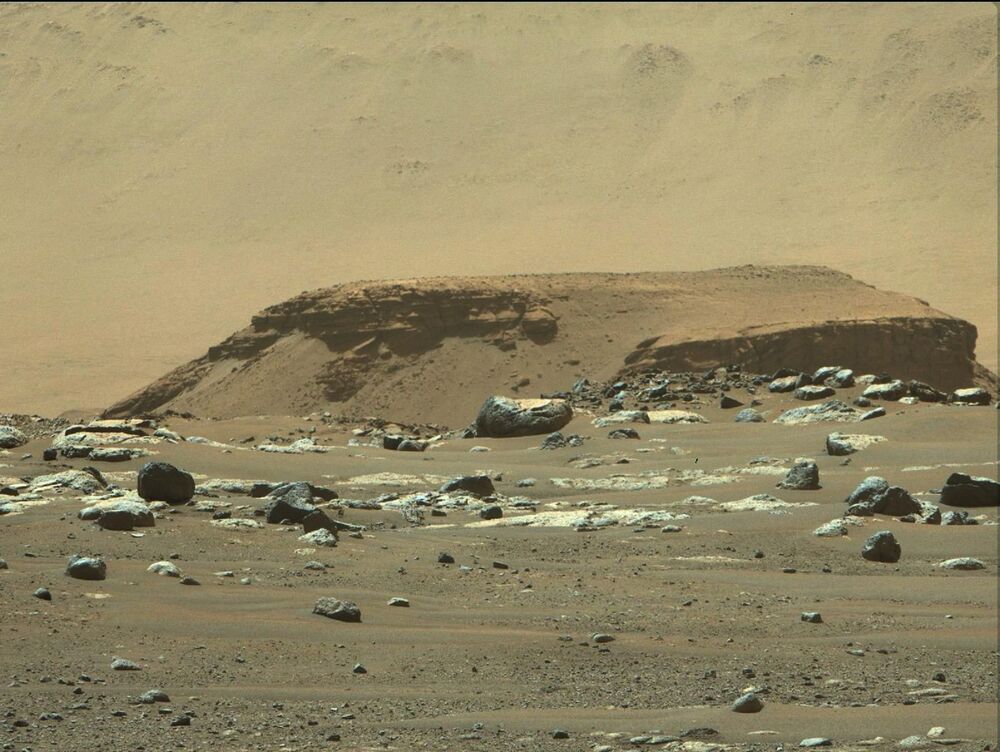Lost, not forgotten.
Arecibo Observatory’s collapse on Dec. 1, 2020 was a devastating blow for science, but its decades of observations will inform research for years to come.


‘Humans are extraordinarily special’. Not new but well worth remembering.
Either way, their conclusion is that, like stick-shift cars, extraterrestrial civilizations are few and far between. The implication is that our nearest cosmic chums are at least several thousand light-years away.
You may wonder why this story has raised eyebrows. Well, it would make Homo sapiens extraordinarily special, despite the fact that the galaxy is stuffed with planets. It discomfits scientists (including me) because, historically, every time we’ve thought we occupy a privileged position in the universe, we were wrong. Remember that six centuries ago, learned folk would have assured you that Earth was the center of the cosmos.

The lives of infomorphs (or ‘cyberhumans’) who have no permanent bodies but possess near-perfect information-handling abilities, will be dramatically different from ours. Infomorphs will achieve the ultimate morphological freedom. Any infomorph will be able to have multiple cybernetic bodies which can be assembled and dissembled at will by nanobots in the physical world if deemed necessary, otherwise most time will be spent in the multitude of virtual bodies in virtual enviro… See More.
“I am not a thing — a noun. I seem to be a verb, an evolutionary process — an integral function of the Universe.” — Buckminster Fuller
The term ‘Infomorph’ was first introduced in “The Silicon Man” by Charles Platt in 1991 and later popularized by Alexander Chislenko in his paper “Networking in the Mind Age”: “The growing reliance of system connections on functional, rather than physical, proximity of their elements will dramatically transform the notions of personhood and identity and create a new community of distributed ‘infomorphs’ — advanced informational entities — that will bring the ongoing process of liberation of functional structures from material dependence to its logical conclusions. The infomorph society will be built on new organizational principles and will represent a blend of a superliquid economy, cyberspace anarchy and advanced consciousness.”
The new post-Singularity system will inherit many of today’s structures but at the same time will develop new traits beyond our current human comprehension. The ability of future machines and posthumans alike to instantly transfer knowledge and directly share experiences with each other will lead to evolution of intelligence from the hive ontology of individual biological minds to the global hyperconnected society of digital minds.

The 21-digit solution to the decades-old problem suggests many more solutions exist.
What do you do after solving the answer to life, the universe, and everything? If you’re mathematicians Drew Sutherland and Andy Booker, you go for the harder problem.
In 2019, Booker, at the University of Bristol, and Sutherland, principal research scientist at MIT, were the first to find the answer to 42. The number has pop culture significance as the fictional answer to “the ultimate question of life, the universe, and everything,” as Douglas Adams famously penned in his novel “The Hitchhiker’s Guide to the Galaxy.” The question that begets 42, at least in the novel, is frustratingly, hilariously unknown.
Layers of ice and rock obviate the need for “habitable zone” and shield life against threats.
SwRI researcher theorizes worlds with underground oceans may be more conducive to life than worlds with surface oceans like Earth.
One of the most profound discoveries in planetary science over the past 25 years is that worlds with oceans beneath layers of rock and ice are common in our solar system. Such worlds include the icy satellites of the giant planets, like Europa, Titan, and Enceladus, and distant planets like Pluto.

The case (or not) for life in the clouds of Venus, re-evaluated 7 months after the initial claimed detection of phosphine in its atmosphere.
The possible detection of the biomarker of phosphine as reported by Greaves et al. in the Venusian atmosphere stirred much excitement in the astrobiology community. While many in the community are adamant that the environmental conditions in the Venusian atmosphere are too extreme for life to exist, others point to the claimed detection of a convincing biomarker, the conjecture that early Venus was doubtlessly habitable, and any Venusian life might have adapted by natural selection to the harsh conditions in the Venusian clouds after the surface became uninhabitable. Here, I first briefly characterize the environmental conditions in the lower Venusian atmosphere and outline what challenges a biosphere would face to thrive there, and how some of these obstacles for life could possibly have been overcome.
Master communicator Neil DeGrasse Tyson is at his inimitable self in this new episode. We discuss everything from why space aliens might have a whole other set of senses than we humans and why moving to Mars might never work. Please have a listen.
Astrophysicist Neil DeGrasse Tyson, director of the Hayden Planetarium at the American Museum of Natural History (AMNH) in New York City, discusses everything from pond scum to space aliens in this off-the-wall and very engaging episode. It’s vintage Tyson. We also touch on his latest book written with George Mason University physicist James Trefil — “Cosmic Queries: StarTalk’s Guide To Who We Are, How We Got Here, And Where We’re Going.”



Space roboticist Vandi Verma, who operates the Perseverance—the most advanced astrobiology lab ever sent to another world—as it roams Mars looking for signs of ancient microbial life, said unconscious bias was also a factor in shaping aspirations. “Don’t make assumptions about what a child may be interested in because of their gender or race,” she said. “Don’t buy the Lego just for the boy.”